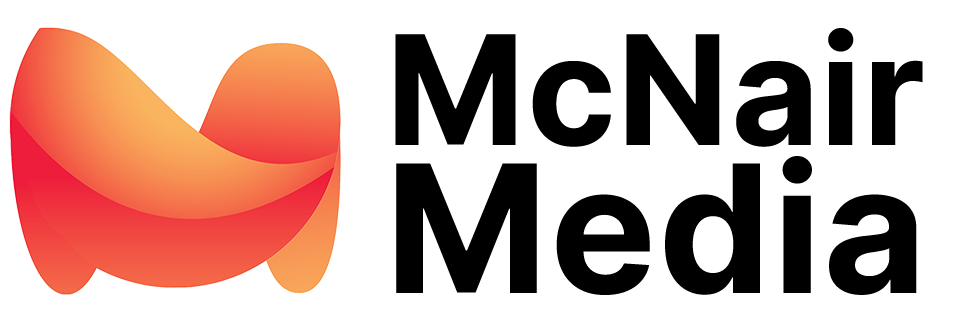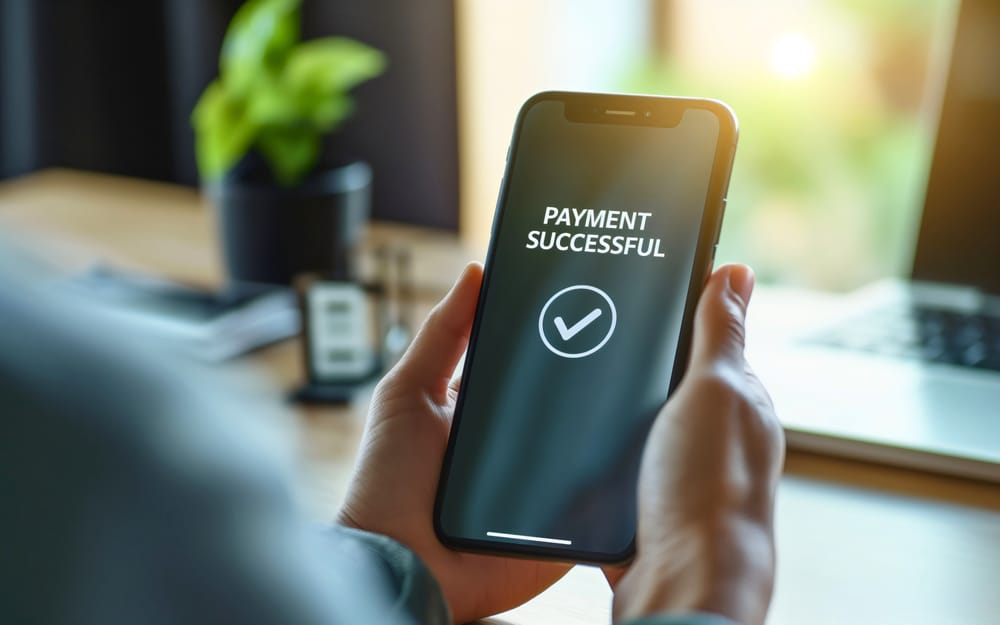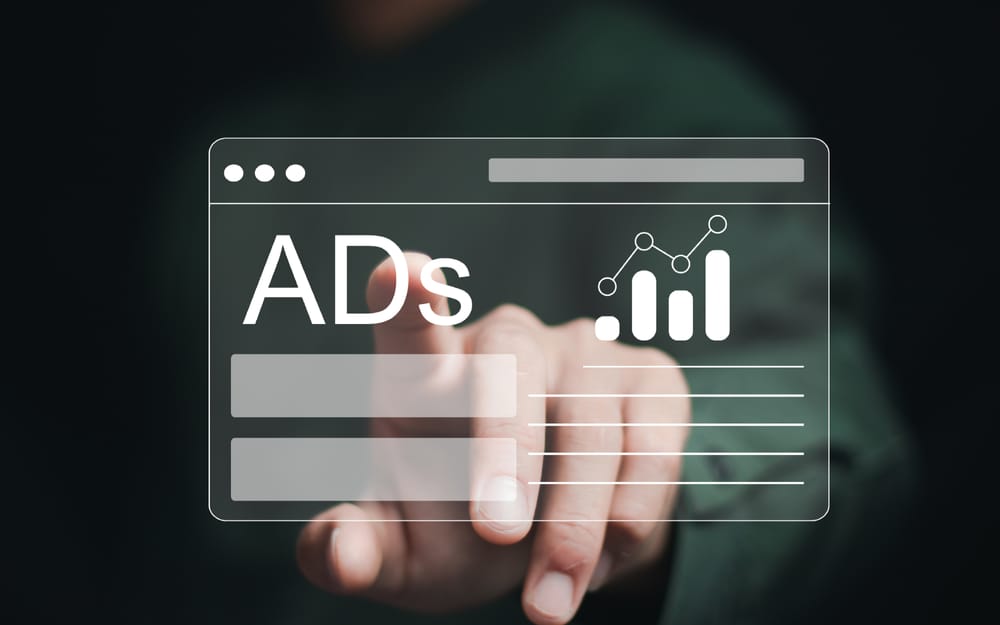Marketing channels are the arteries of business, ensuring that products and services flow from creators to consumers. In an increasingly interconnected world, these channels are becoming more complex, spanning traditional offline outlets and digital platforms. They comprise people, activities, and organizations that enable the transfer of goods’ ownership and maintain communication with market segments. Essentially, they bridge the gap between production and consumption.
The value of online marketing channels is monumental, with SEO (Search Engine Optimization) being one of the most potent. SEO is a strategic tool that’s both affordable and effective, especially for small businesses. This blog post will explore SEO as a marketing channel and demonstrate its cost-effectiveness and utility in developing a successful online presence.
Understanding SEO as a Marketing Channel
SEO is a method used to improve a website’s visibility and ranking on search engine results pages (SERPs). Unlike paid search marketing channels like PPC (Pay-Per-Click), SEO does not involve direct payment for placement on SERPs. Instead, it focuses on enhancing the quality and relevance of a site’s content, optimizing the site’s architecture, and cultivating inbound links to improve its organic search visibility.
The affordability of SEO stems from its organic nature. Small businesses can use SEO to compete with larger competitors without having to match their advertising spend. In contrast to other channels like direct mail or paid media, which require substantial investment for tangible results, SEO is about making smart, strategic improvements over time. As you cultivate your SEO, it continues to grow and strengthen, creating a compound effect that can deliver outstanding ROI.
Ways to Leverage SEO
One of the critical ways to leverage SEO as a marketing channel is by building a high-performance website. A website’s performance is a vital factor that search engines consider when determining its ranking. The Largest Contentful Paint (LCP), one of Google’s Core Web Vitals, is a specific metric that evaluates loading performance. LCP measures the time it takes for the largest content element visible in the viewport to become fully rendered. A target LCP of 2 seconds or less is desirable as it significantly enhances user experience and positively impacts search ranking.
However, achieving this performance goal isn’t just about raw speed. It’s about optimization: structuring your site so that it loads quickly and smoothly, using mobile-friendly designs, and implementing a streamlined, user-friendly layout. The effort pays off, as Google rewards websites that prioritize user experience with higher SERP rankings.
Blogging is another powerful strategy for leveraging SEO. Regularly posting high-quality, relevant, and keyword-optimized content on your blog increases your website’s visibility to search engines. Each new blog post represents a new indexed page on your website, providing a fresh opportunity for your site to appear in organic search results.
Additionally, blogging helps to establish your brand as an authority in your industry, fostering trust and loyalty among your audience. By delivering valuable content, you encourage users to return to your website, improving dwell time and decreasing bounce rates, two more factors that can influence your SEO rankings.
Let’s Get Started!
SEO is a highly cost-effective marketing channel that offers exceptional potential for small businesses. Unlike many other marketing chann







